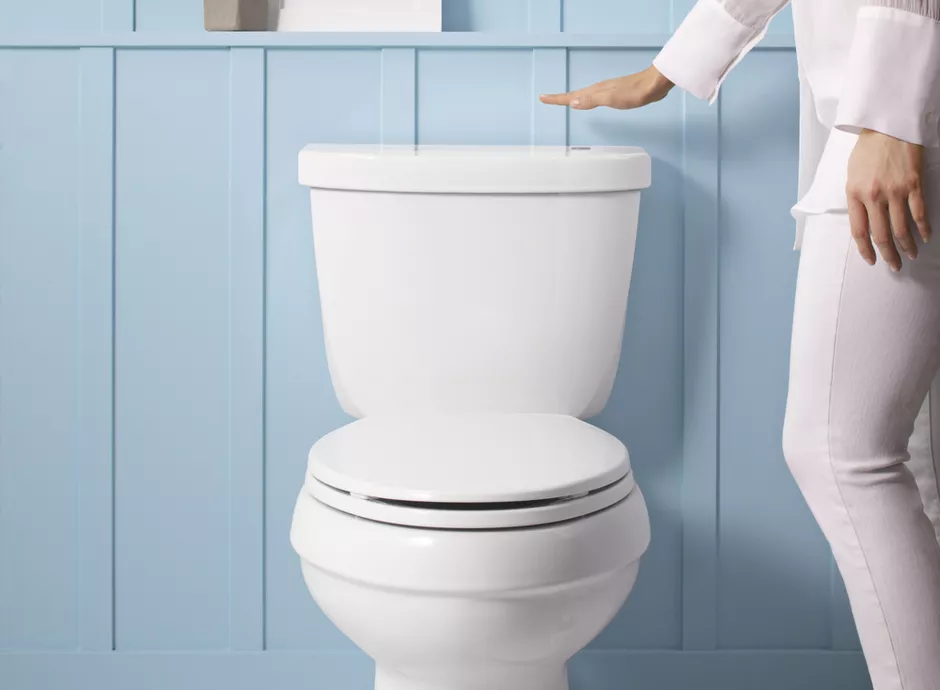Table of Contents
Everyone owns one, but few people know how a toilet actually works. Knowing the process behind modern toilets will help you understand how to complete repairs and avoid common issues. Follow along to improve your basic understanding of toilets and their function to save time and money later on.
Modern Toilets
Toilets may have started as simple chamber pots, but they have evolved into a system that rarely offers inconvenience. As far as most people are concerned, there is little more to a toilet than the seat and knob, but they are mistaken. Modern toilets use several components that work in conjunction to get the job done, and understanding the parts of a toilet can help you when things stop operating as they should.
Water Supply
Starting from the beginning, your toilet will need to be connected to a water supply, which is typically found directly behind the toilet. The water goes from the wall to the tank via a metal hose. Once the water supply reaches your toilet tank, it will pass through a fill valve, which controls the flow of water for your toilet.
Flushing The Toilet
When you flush the toilet, water rushes from the tank and into the bowl, forcing the old water and anything in it down the system. To complete the flushing action, obviously, you apply pressure to the lever. What you don’t see is that the lever is connected to a chain, which leads to a rubber plunger. Once the toilet is flushed, the plunger is lifted, which releases the water from the toilet tank.
The water fill valve stops the water from overflowing by cutting off the flow once the top of the valve is wreaked. Its a simple system, but all of the components have to operate in harmony to keep the toilet flushing as it should.
Why Do Toilets Clog?
Typically, toilets begin to clog when too much is forced through at once, or when there is an issue with your plumbing. While plumbing problems are trickier to take care of, there are a few things you can do that will help resolve your clogging issues;because nobody likes frequently plumbing their toilet.
For starters, you can try giving yourself a courtesy flush when you know that things are starting to fill up. This will break up the job into multiple flushes, helping your toilet dispose of everything without strain. It’s also important to ensure that you are only flushing toilet paper and flushable wipes when you go, as non-flushable wipes, femenine hygiene products, and even an excess of TP can cause a clog.
If your toilet is prone to clogging, consider a bidet seat to eliminate the strain of flushing paper entirely. One of the many benefits of purchasing a bidet is that you will no longer have to use toilet paper or wipes to cleanse, reducing the challenge placed on your toilet and plumbing.
Why Do Toilets Run?
When a toilet starts to constantly “run” water, meaning the flow never completely stops, it’s usually one of two issues. Either your plunger is not seating properly, or your water fill valve is malfunctioning.
Typically, you can remove the lid of your toilet tank and observe the entire flushing process. This will let you verify which component is leaking and fix or replace the part as needed. The nice thing about toilet hardware is that most pieces are sold separately, and even a complete hardware replacement isn’t that expensive.
Why Do Toilets Leak?
A leaking toilet typically indicated a bad gasket, uneven tightening of seated components, or a cracked part. The great thing about toilet plumbing is that any leak around your toilet should be easy to identify, making fixes fairly simple. While the nature of your fix will depend on which issue you specifically have, a quick online search should provide you with an answer.








